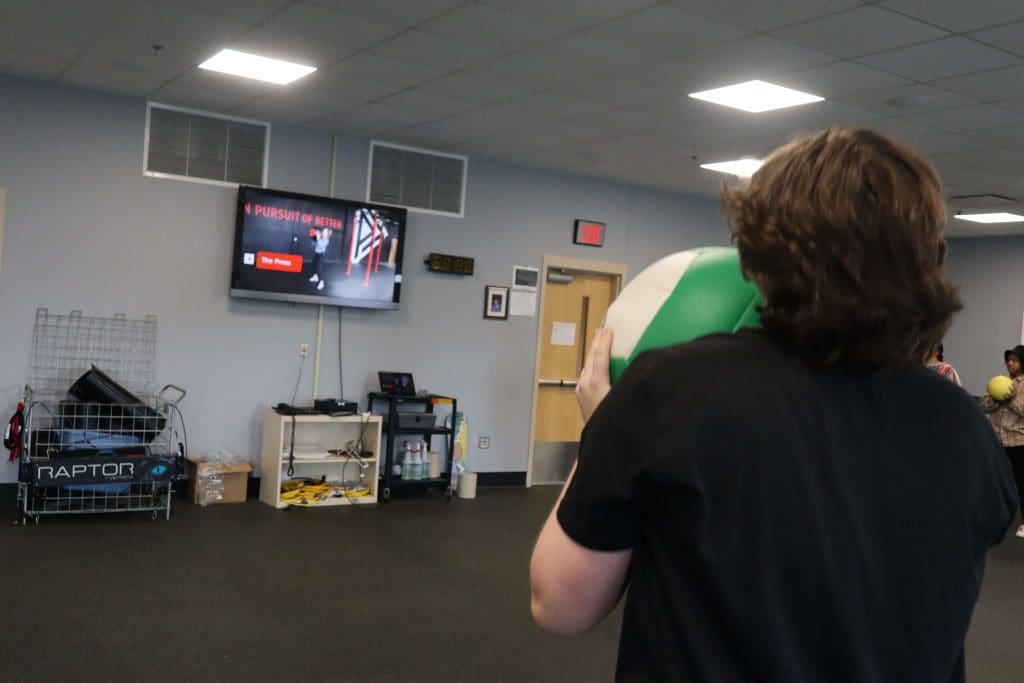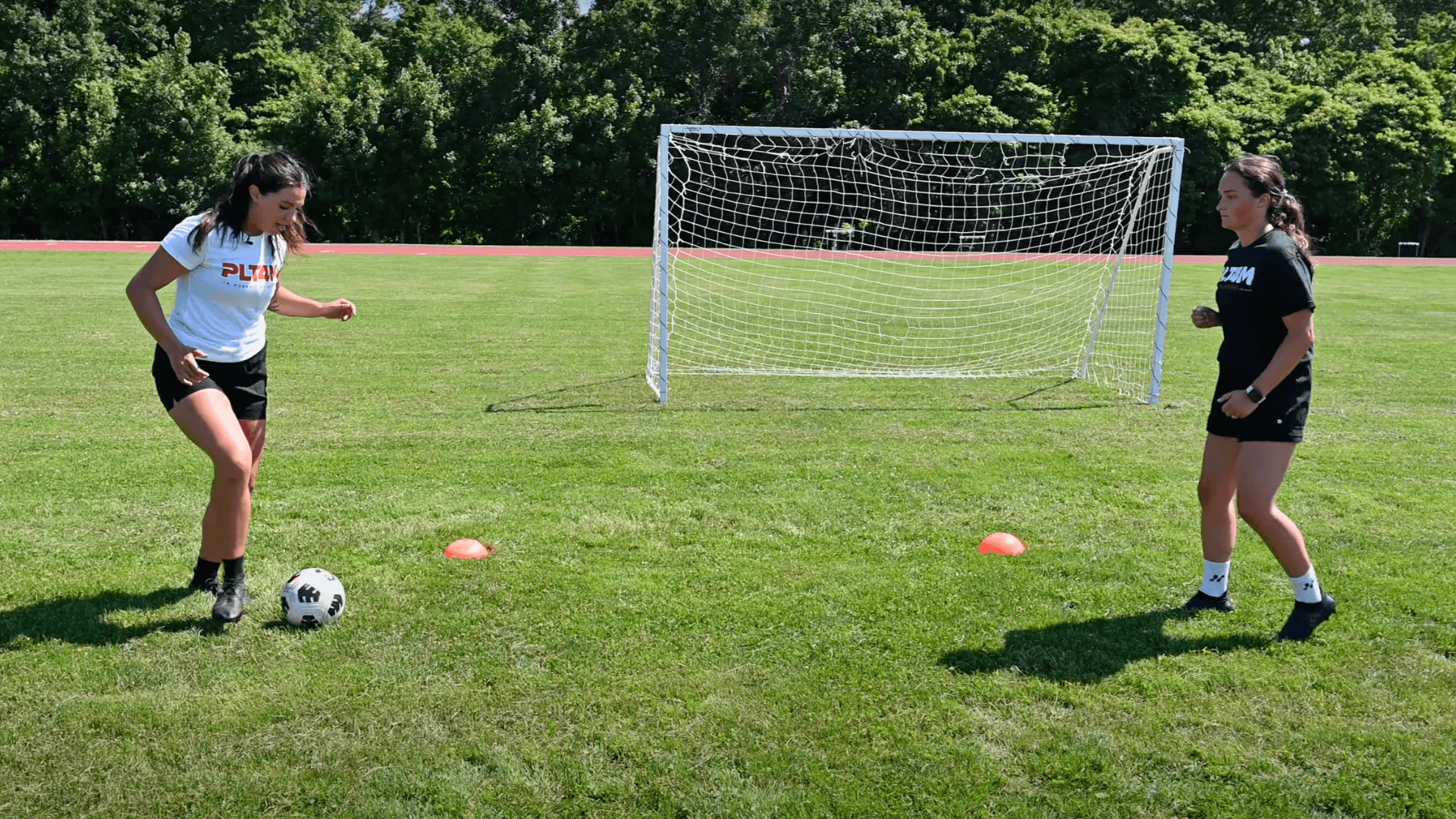Sean Fullerton is a former secondary physical education teacher and current Ph.D. student at the University of New Mexico in the Health, Exercise, and Sports Science Department. In this article, Sean explores a personalized system of instruction model for fitness and weight training classes. Be on the lookout for lots of great content from Sean as he helps take the academic angle of physical education best practices.

Personalized system of instruction (PSI) was developed by Keller and Sherman (1973) and is a student-centered approach to learning. Personalized system of instruction includes five principles:
- Student learning is self-paced
- Students must meet certain performance criteria for each component before proceeding to the next level of learning
- Content is delivered through written text
- The use of “proctors” assesses students on individual components of the course and provide support
- Instruction focuses on motivation rather than content delivery (Colquitt et al., 2011).
Many high schools include elective PE classes that focus on personal fitness and weight training. Personalized system of instruction has been proven to be an effective method of teaching and learning within courses focusing on health-related fitness and weight training.
Examples of a Personalized System Of Instruction in Physical Education
Hannon and colleagues (2008) investigated the usefulness of implementing a health-related fitness unit at the high school level through the personalized system of instruction model. Even though there was an acclimation period to a new style of teaching and learning, many students acknowledged that they “enjoyed learning new material in a different, self-directed way” (p. 29 Hannon et al., 2008).
Teachers in this study found that the majority of their time was spent providing individualized feedback to students, checking students’ work, and very little time was spent on classroom management. Prewitt and colleagues (2015) found that students receiving a personalized system of instruction demonstrated significant increases in health-related fitness knowledge compared to the control group while maintaining physical activity levels.
Personalized system of instruction (PSI) and its effectiveness has also been examined at the university level within a weight training course. College students within a PSI-modeled weight training course had significant increases in health-related fitness physical assessments (curl-up, push-up, body composition) while also increasing health-related fitness content knowledge (Pritchard et al., 2012). It appears PSI provides a useful model for instruction for fitness-based courses, allowing students to progress at their own pace, demonstrating mastery, and allowing the teacher to focus on providing individual feedback to students.
Additional Considerations for a Personalized System of Instruction
Similar to online courses, a personalized system of instruction follows units of instructions in the form of modules with a specific focus that progress. PSI exemplifies mastery-based learning through the focus on progression toward learning outcomes. Student proctors (usually experienced students who have demonstrated mastery) evaluate students when progressing between modules. Personalized system of instruction focuses heavily on the written word, with student workbooks central to the PSI model.
PSI does come with more planning and preparation time for teachers, to prepare the workbook and materials for the course ahead of time. Both teachers and students may initially be unfamiliar with the PSI model, as many students in PE courses are used to teacher-centered instruction, waiting on the teacher for instruction. Scoring rubrics, video recordings, and evaluations can be useful in the assessment process. Researchers have recommended using technology within future PSI models (Hannon et al., 2008).
Free Professional Development For PE
From full courses to on-demand webinars, tap into the PLT4M classroom for continuing education opportunities for physical education teachers.
PLT4M and Personalized System of Instruction
PLT4M appears to draw many parallels to a personalized system of instruction, as the exercise programs in PLT4M are sequentially planned, teaching basic movement skills before progressing to higher-level exercises and techniques. Students can be placed into different groups within a single PE class through the PLT4M grouping function, providing further individualization.
It should be noted that to maintain PSI efficacy, teachers should follow the five principles of the PSI model. In addition to the five principles, there are eight responsibilities for teachers and students when implementing the PSI model:
1) Starting class
2) Bringing equipment to class
3) Dispersing and retraining equipment
4) Roll call
5) Task presentation
6) Task structure
7) Assessment
8) Monitoring learning progress” (p. 232 Metzler, 2005)
Teachers can create a workbook that accompanies PLT4M workouts that focus on health-related fitness knowledge, content knowledge assessments, and scoring rubrics for movement assessments. PLT4M workout programs could be printed and included within workbooks if mobile devices are not available during class sessions. To further enhance the PSI model, students can be evaluated by proctors through video recording and their recording can be compared against a scoring rubric and exemplar example.
Progressing through a fitness program focusing on mastery applies real-world skills. PSI is a unique model of teaching and learning that has shown to be an effective strategy within fitness-based. To increase the likelihood of success, it is recommended that teachers adhere to the principles of the personalized system of instruction model.
Example of Personalized System of Instruction with Videos
Within PLT4M’s range of fitness and weight training options, students will progress to different levels of a movement like the squat.
Students doing an introductory fitness program would start with an air squat. Students progressing past intro to fitness will do a loaded squat variation like the medball squat. More advanced students can start to do try exercises like a barbell back squat.
References
Colquitt, G., Pritchard, T., & McCollum, S. (2011). The personalized system of instruction in fitness education. Journal of Physical Education, Recreation, and Dance, 82(5), 46–54.
Hannon, J. C., Holt, B. J., & Hatten, J. D. (2008). Personalized systems of instruction model: Teaching health-related fitness content in high school physical education. Journal of Curriculum and Instruction, 2(2), 20–33
Keller, F. S., & Sherman, J. G. (1974). The Keller Plan handbook. Menlo Park, CA: W. A. Benjamin.
Metzler, M. W. (2005). Instructional models for physical education (2nd ed.). Scottsdale, AZ: Holcomb Hathaway.
Prewitt, S. L., Hannon, J. C., Colquitt, G., Brusseau, T. A., Newton, M., & Shaw, J. (2015). Effect of personalized system of instruction on health-related fitness knowledge and class time physical activity. The Physical Educator, 72, 23–39. https://doi.org/10.18666/tpe- 2015-v72-i5-6997
Pritchard, T., Penix, K., Colquitt, G., & McCollum, S. (2012). Effects of a weight training personalized system of instruction course on fitness levels and knowledge. The Physical Educator, 69, 342–359.










